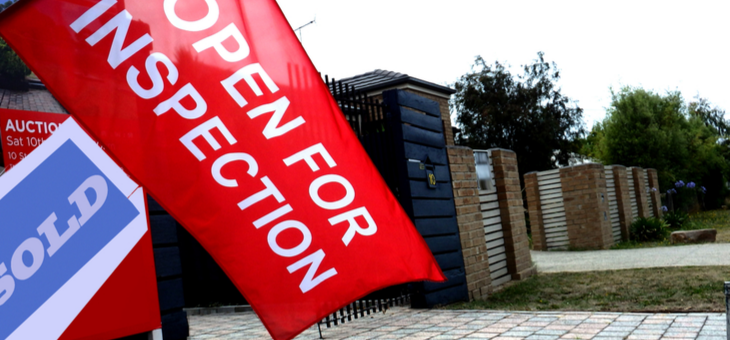Sharp falls in the housing market in most states and territories could have retiree home-owners rethinking how they will fund their final years.
Home ownership in Australia peaked at about 73 per cent in the mid-1960s, but has since declined to 68 per cent. However, YourLifeChoices research has found that more than 70 per cent of members own their home mortgage free – acting as a significant safety net if retirement income starts to fall short. However, if house prices continue to fall, that safety net may fail.
Moody’s Analytics says there is more housing market pain in store in 2019, particularly in Sydney and Melbourne.
It forecast a 3.3 per cent drop in the Sydney property market this year, and a possible six per cent drop in Melbourne.
CoreLogic revealed last week that the value of dwellings nationwide dropped 4.8 per cent in 2018, making it the weakest housing market since 2008. It found Sydney home values were down 11.1 per cent from their July 2017 peak, while Melbourne values had dropped 7.2 per cent since the November 2017 peak.
“Australia’s economy is highly regarded for its 27 years of recession-free growth, an enviable run by developed-economy standards, but the downside risks from its hefty household debt loom large,” Moody’s analysts told The Australian.
They have forecast that values in Perth would decline 2.8 per cent before recovering in 2020 as a result of population growth; that house and apartment values in Brisbane were likely to rise by 1.2 per cent and that Adelaide would lift 2.6 per cent in 2019.
In YourLifeChoices’ 2018 Financial Literacy Survey, 39 per cent of 2240 respondents said they would downsize to supplement their retirement income. Another 4.6 per cent said they would use a reverse mortgage.
The incidence of retirees needing to free up money tied up in assets, i.e. the family home, to fund their retirement has risen due to increasing longevity.
Aged Care Steps director Louise Biti told YourLifeChoices that based on figures from the Australian Institute of Health and Welfare (AIHW), Australians should plan for about 17 to 25 per cent of their retirement years to be ‘care years’.
“For example, if you expect a potential of 30 years in retirement, this might include five to 7.5 care years,” she said.
And the cost of those “care years” can be expensive.
“How much you will need to pay is difficult to predict,” she says. “Currently, it can vary roughly from $100 to $6000 a week, depending on the options chosen. This covers the wide range of options, from basic homecare packages to full-time nursing care at home.
“If you wanted to have 24/7 nursing care at home, you might need to employ four to five full-time nurses or carers to work eight-hour shifts.”
The value of your home can have a big impact on the funds you have available to finance those years.
Are you concerned about falling property prices? Do you believe that if you sit tight, you can ride out the downturn?
Related articles:
‘Tree-change’ back in vogue?
False view of retirement ‘heaven’
Aged care needs budget boost

